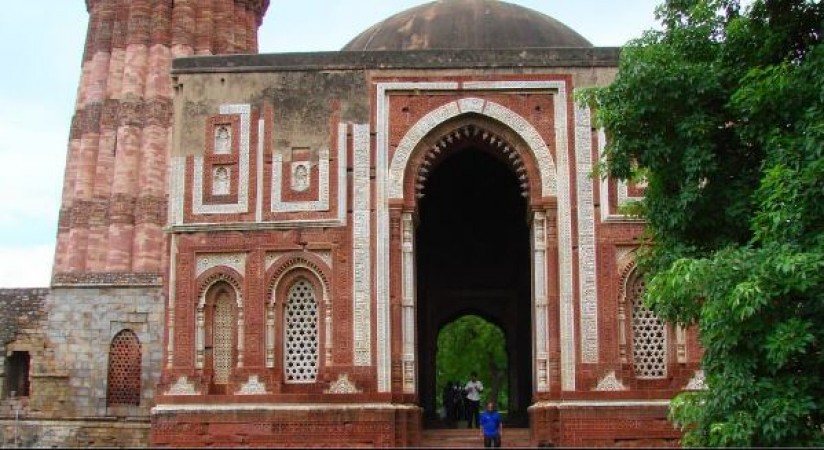
The Quwwatul Islam Masjid, located within the Qutub Minar complex in New Delhi, India, is a historically significant site with a complex and contentious past. Its existence has been a subject of debate and controversy, particularly regarding its construction and the alleged destruction of Hindu and Jain temples. In this article, we will delve into the historical context, archaeological evidence, and scholarly perspectives to shed light on the origins and significance of the Quwwatul Islam Masjid.
Historical Context:
The Qutub Minar complex, built during the early medieval period, reflects the rich cultural and architectural diversity of India's history. It was commissioned by the first Sultan of Delhi, Qutb-ud-din Aibak, who established the Delhi Sultanate after the defeat of the last Hindu ruler, Prithviraj Chauhan, in 1192 CE. During this era, the Indian subcontinent experienced interactions and conflicts between Islamic rulers and the local Hindu and Jain communities.
Construction and Controversy:
The Quwwatul Islam Masjid was commissioned by Qutb-ud-din Aibak in 1193 CE and is considered one of the earliest surviving examples of Indo-Islamic architecture in India. While the exact details of its construction are not well-documented, some historical accounts and local folklore have perpetuated the notion that the mosque was built by demolishing 27 Hindu and Jain temples. It is essential to approach this claim with a critical perspective, taking into consideration the historical context and the potential biases of the sources. It is true that during the medieval period, many religious structures were repurposed and adapted to serve the needs of the ruling elite, including mosques and temples. However, the specific claims of demolishing 27 temples to build the Quwwatul Islam Masjid require substantial evidence to be established as fact.
Archaeological Perspectives:
The Archaeological Survey of India (ASI), responsible for the preservation and study of historical monuments, has placed an informational board at the Quwwatul Islam Masjid that refers to the alleged demolition of 27 temples. This information, however, must be seen in the context of the time it was put up and the available historical records. Modern archaeological research has provided new insights into the site. Scholars have discovered remnants of earlier structures within the Qutub Minar complex, some of which could have been Hindu and Jain temples. However, the process of examining these findings and establishing their connection to the construction of the mosque is ongoing and subject to rigorous academic scrutiny.
Interfaith Coexistence and Dialogue:
It is essential to remember that the past is marked by complexity and nuance. While historical conflicts between different religious communities have occurred, it is equally true that periods of coexistence, cultural exchange, and dialogue have also shaped the fabric of Indian society. Today, India stands as a diverse and pluralistic nation, where people of various faiths and beliefs coexist harmoniously. The Quwwatul Islam Masjid serves as a reminder of the historical interactions between different religious communities and underscores the importance of preserving the rich heritage of the Indian subcontinent.
The Quwwatul Islam Masjid is a significant monument that embodies the complexities of India's historical past. While there are debates regarding its construction and the alleged demolition of temples, it is crucial to rely on credible historical evidence and scholarly research to form a comprehensive understanding.
Muharram 2023: Jammu govt postpones ‘Ashura’ holiday; See new date
Sindhi Religion: A Journey of Cultural and Spiritual Traditions
If you are going on the Kailash Mansarovar Yatra, do not forget to visit these places as well